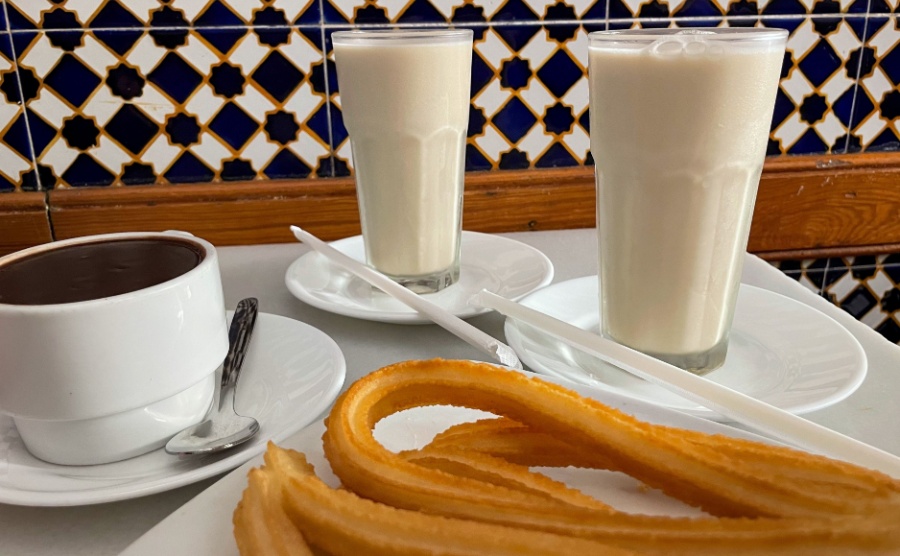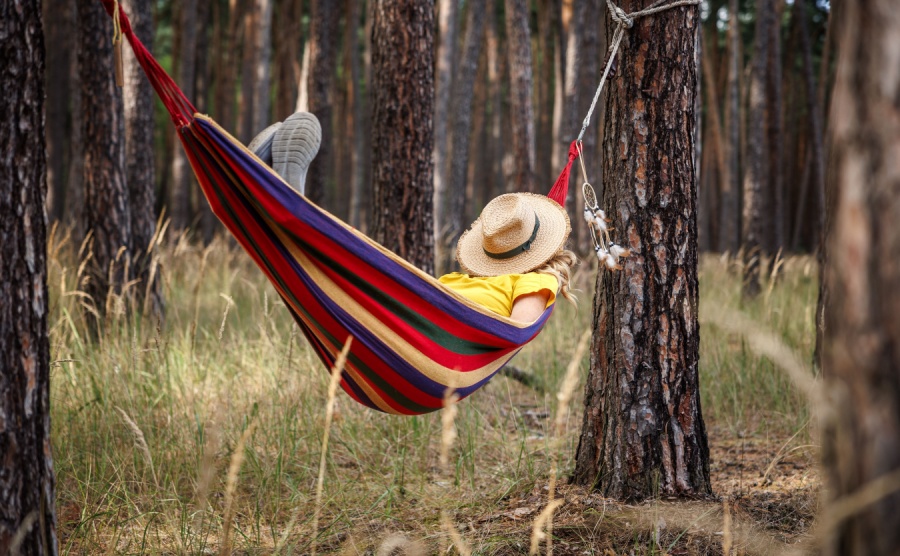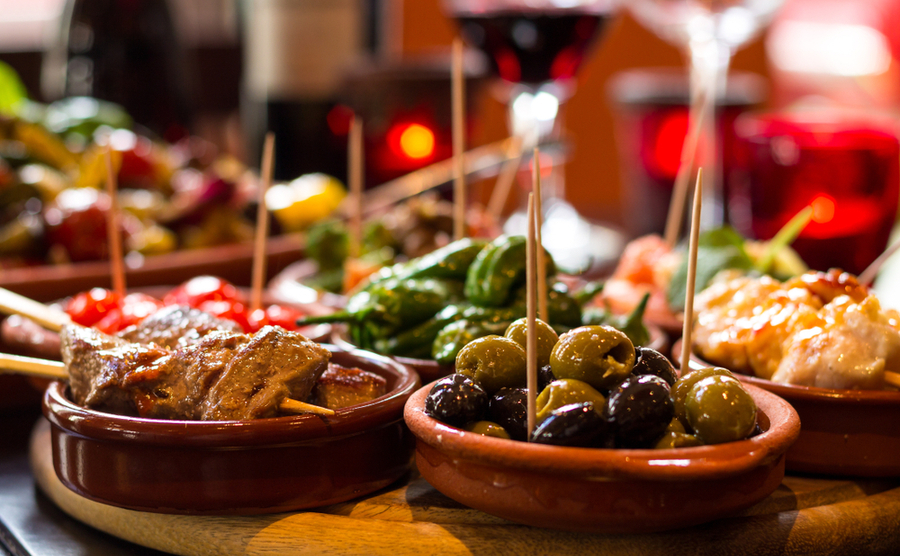New country, new culture and new customs. From guilt-free siestas to doubling up on breakfast, get the lowdown on how to adapt to life in Spain.
This year marks my 18th year living in Spain. I live in Catalonia in the north east but have travelled extensively to almost all other areas of the country and one thing that I find really interesting is how life varies from region to region depending on local customs and traditions.
There are many misconceptions about our lives here, so let’s take a look at some of them and also some of the many traditions.
Find homes in Spain via our property portal.
1. Siesta or siest-nah: The truth about the Spanish nap
In principle, a siesta is meant to be a short nap of around 20 minutes to revitalise the body and mind after a typically long Spanish lunch. In reality, most people of working age do not have time to enjoy a siesta, especially if they have children who come home from school for lunch (more of that later).
As for the long lunch, that too is no longer normal for working folk. A menú del día comprising three courses can usually be enjoyed in around an hour to an hour and a half. Then it’s back to work. So, it is mainly retired and elderly Spanish people who can afford the time for a siesta. In the hot summer months, 20 minutes of shuteye is very welcome. Some may doze for longer, but doctors say it is not advisable as you enter into a deeper sleep, which impacts on your normal night’s sleep.
2. Strangers to queueing?
For a latin culture, the Spanish are pretty good at queueing, certainly in the post office, bank, station etc. Everyone takes their turn by asking “quién es la última”? or “Who is the last in the queue?” That way, even though they may not be standing in line, everyone knows who should be in front of them. It’s a good system and it isn’t often that we encounter queue barging, though it does happen, generally perpetrated by the older generation.
3. Breakfast take two: Spain’s mid-morning munchies
Mornings are rushed for the majority of Spanish people, getting the children to school by 8 am or 8.30 am and then heading off to work. As a result, breakfast at home could be coffee and a piece of bread with ham.

Indulge your sweet tooth in Spain
Around 11am most working people will head for the closest café or bar for their second breakfast. Café con leche, mini con queso, croissant or similar will be the order. By the way, a mini con queso is half a small baguette with cheese. Some men will ask for “carajillo”, which is coffee with rum or brandy. The Spanish have a very sweet tooth, so often coffee is drunk with spoonfuls of sugar.
4. Lunchtime logistics: a glimpse into the Spanish school day
Schools provide lunch for their pupils, but it is quite expensive, especially if you have more than one child. So most families opt to bring their children home for lunch. They are given a two-hour period in which to collect their children, provide lunch and return them to school for afternoon lessons. This is usually between 1pm and 3pm.
School would end at 5pm. It is quite arduous on the parent, who in effect, will have been to the school four times a day. If they are working, it is the grandparents who perform the lunch duty and who will often bring the children home after school to wait for their parents to finish work. Recently, grandparents have been asking to get paid as any childminder would!
5. Free tapas, a thing of the past?
Once upon a time bars would offer a free tapa with your drink. Sadly, this custom has fallen out of favour, most likely due to economic pressures. It does still exist though, particularly in Andalusia in Granada, Jaén and Almeria. Also, in Léon and in some bars in Santiago de Compostela. It’s a pity that this no longer applies to most tourist destinations as it is a thoughtful way of welcoming a customer (and helps to prevent drunkeness!).
6. Myth: Spain is all siestas and mañana, mañana…
Absolutely not true. In general, Spanish people work hard and for long hours. A typical working day is from 8.30 or 9.00 am to 6 pm or 7 pm, with 60 to 90 minutes for lunch. Shops open later, usually at 10am and work until 8pm or much later in the summer months. Smaller enterprises will close for lunch, maybe from 1.30pm to 5pm.
This doesn’t mean the employees are going home to relax by a pool, this time is used to clean, prepare dinner, iron, catch up with correspondence and so on. Add to that the children coming home for lunch and the three and a half hours seems to fly by before it’s back to the shop.
7. Party till dawn
Yes, this is very common. Nightclubs and discotheques might stay open until 6am, so you can dance the night away, probably enjoying churros with hot chocolate before heading for home. Ibiza is known as the party island but you will find all night bars and clubs in most of the big cities, for example in Madrid, Barcelona, Zaragoza, Santiago de Compostela and other university towns.
8. Surnames: why have one when you can have two?
Everyone in Spain has two surnames, dos apellidos. These do not change when you marry. The first surname is generally that of your father’s family and the second from your mother’s family. This custom dates back to the 1400s when Spain was ruled by King Ferdinand and Queen Isabella.
I usually put my surname twice and that seems to work.
For those of us from foreign climes, this sometimes produces a problem. Many official forms require two surnames and if you only have one, the form may not be accepted. I usually put my surname twice and that seems to work.
9. When is it buenos días or buenas tardes?
When do you say good morning and good evening? In Spain, the afternoon officially begins at 2 pm! So, it’s buenos días before that and buenas tardes afterwards.
10. Tomatoes & the devil: Kooky festivals
Spain in the land of fiestas. There are festivals for almost everything, some are particularly strange. Take the tomatina festival for example. This is an annual event held in Buñol and it is really just one big food fight – using tomatoes. Tickets for 20,000 people are available for throwing tomatoes at each other!
Then there is the El Colcacho festival. Since 1620 in Castrillo, Murcia, men wearing red and yellow suits representing the devil, jump over babies born in the previous year. The babies are laid on mattresses in the road and the “devils” jump over them with whips and large castanets in hand. When drummers called atabalero arrive, the “devils” begin to jump, signifying being thrown out and as they jump over the babies they ingest their sins, so removing them from the little ones. If that isn’t strange, I am not sure what is!
You might also like:















